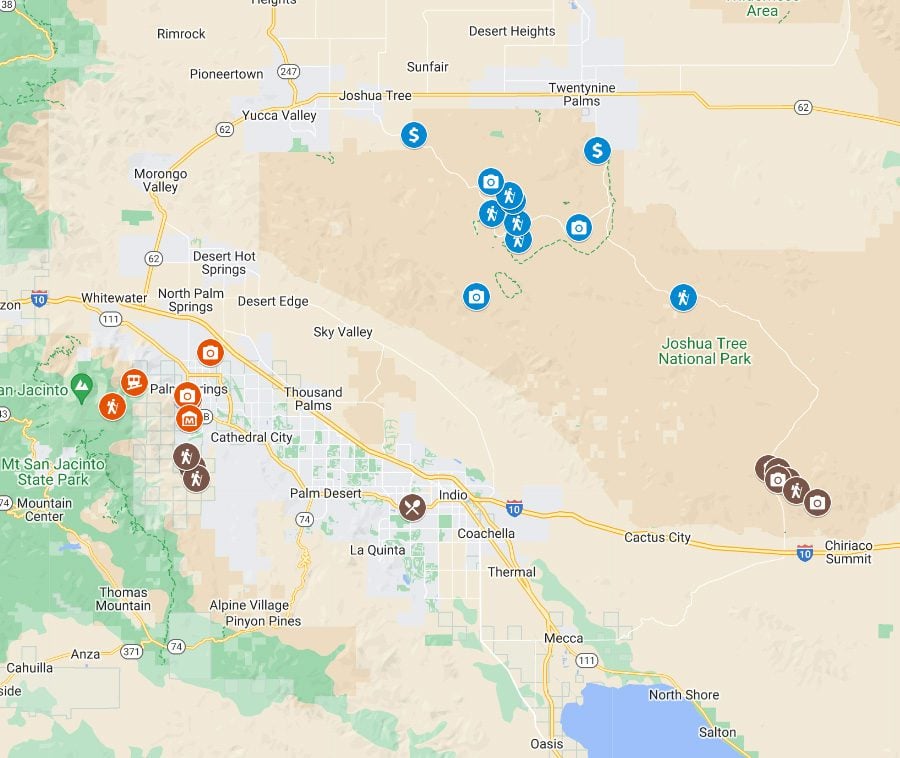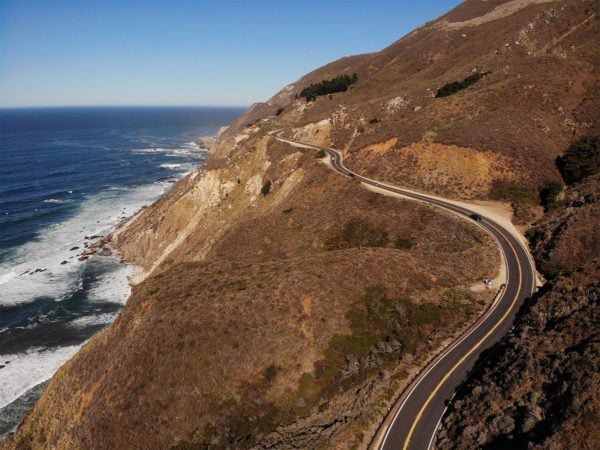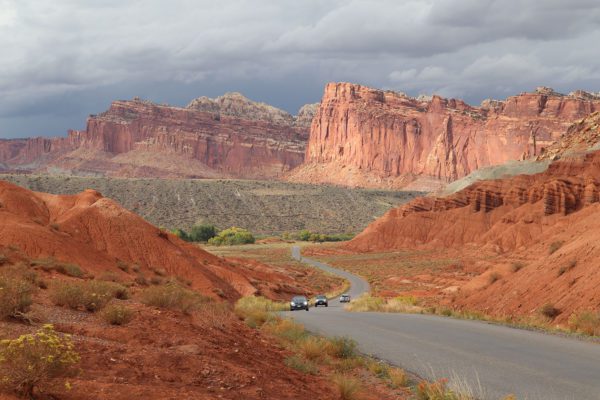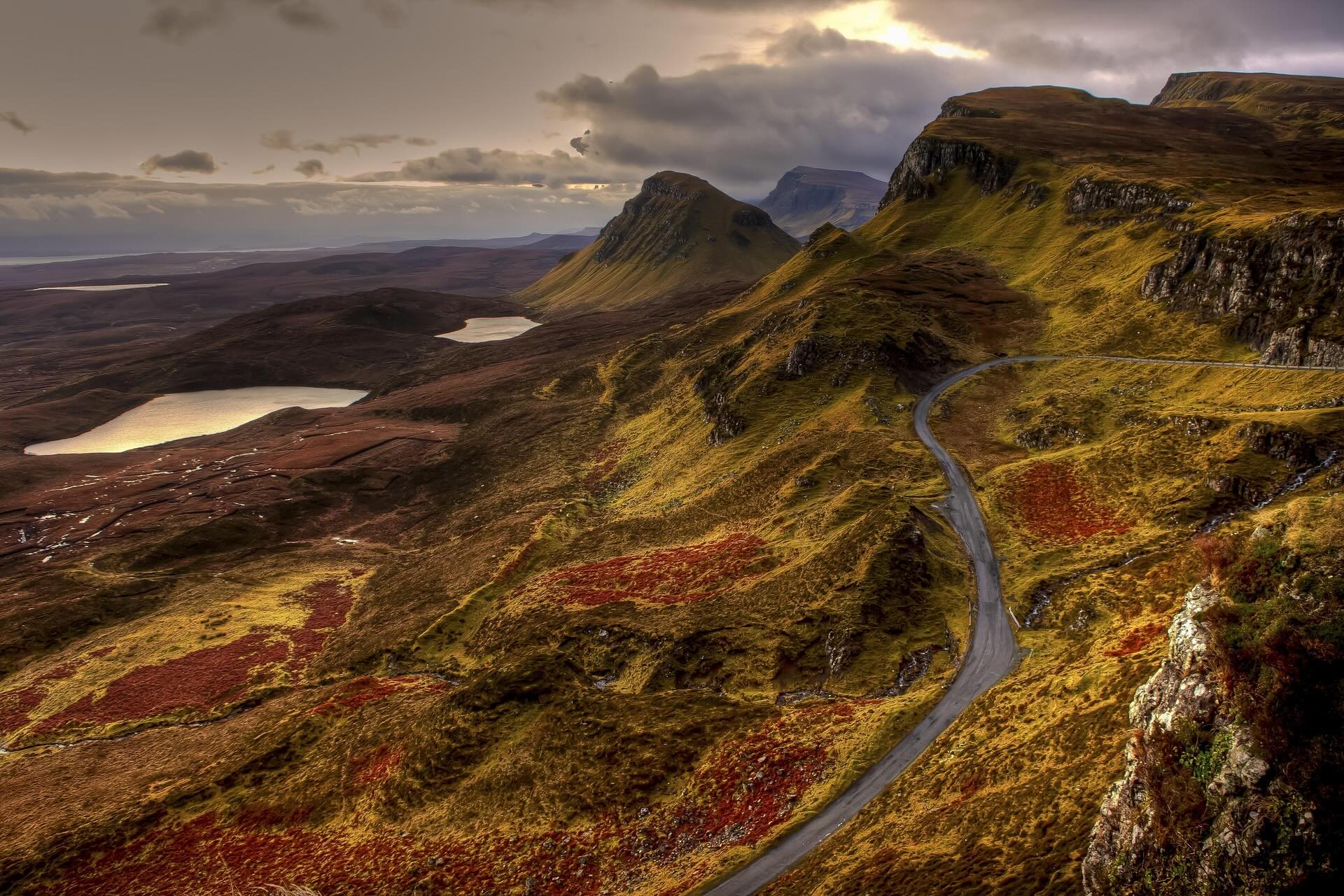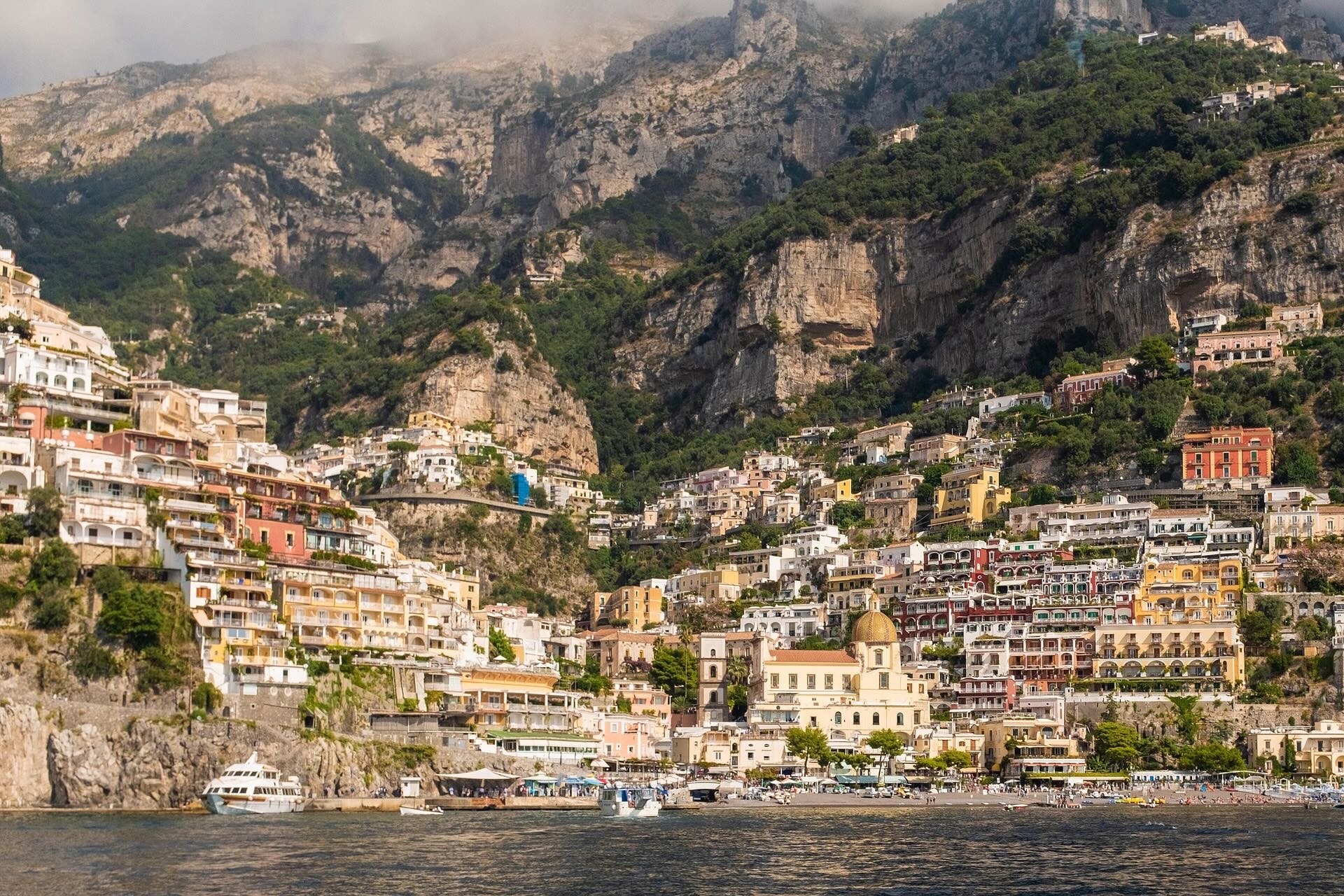Palm Springs & Joshua Tree Itinerary
A road trip to Palm Springs isn’t complete without a visit to Joshua Tree, and a trip to the national park isn’t complete without exploring the cool desert city synonymous with glamor and luxury. This guide will explore an itinerary for Palm Springs and Joshua Tree National park, suitable for a quick weekend escape or a long weekend in the California desert.
I dreamed of visiting this part of California for many years but had yet to make it this far east despite frequent trips to the region. It was only on a memorable five-week road trip in the American Southwest that I spent a few days in Palm Springs and Joshua Tree, splitting my time between the city and the national park. This itinerary is based on my experience and extensive research.
Table of contents
Several sections make up this Palm Springs and Joshua Tree itinerary:
- Useful planning tips
- Palm Springs and Joshua Tree: up to three days itinerary
- In-depth Palm Springs travel guide
- In-depth Joshua Tree travel guide
Itinerary Map
All places mentioned in this Palm Springs and Joshua Tree Itinerary are marked on the companion map. Simply click on the image to open it in Google Maps.
How far is Joshua Tree from Palm Springs?
Joshua Tree National Park has three entrances, but its more interesting part is its northwestern section where Joshua trees are found. If you’re visiting Joshua Tree National Park from Palm Springs, it takes about 50 minutes to drive from downtown to the west entrance station and a little over one hour to the north entrance station.
What’s the Best Time to Visit?
The best time to visit Joshua Tree and Palm Springs is during spring and late fall, when temperatures are optimal throughout the day and evening. Summer temperatures make it dangerous to do any serious hiking, though many of the national park’s trails are short and easy. During winter, daytime temperatures are mild, but nights are very cold.
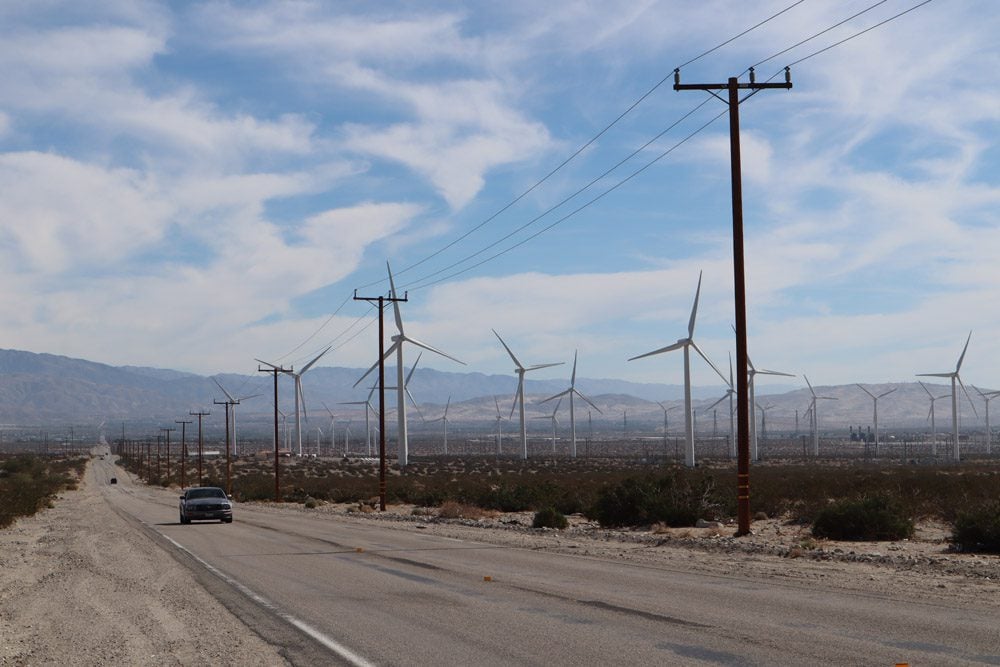
The popular Coachella Valley Music & Arts Festival takes place every April. Avoid this busy and expensive period unless you’re planning to attend.
Where to Stay?
Since you want to explore both the city and the national park on your visit to Palm Springs and Joshua Tree, base yourself in Palm Springs for the duration of your stay. Palm Springs has no shortage of fancy resorts and clubs, but those are more suitable for travelers seeking to relax or party during their visit. If you’re coming here to sightsee, choose one of the “classic” 1950s-style motels for which Palm Springs is also famous. I stayed at the Adara Palm Springs Hotel, which features large, well-equipped rooms overlooking the inner courtyard and swimming pool.
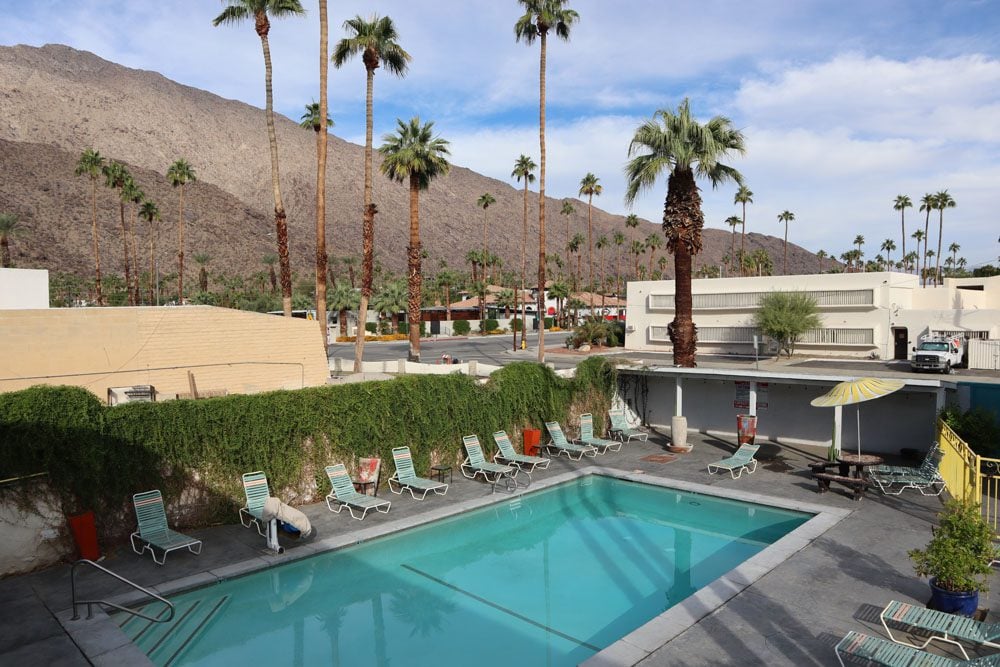
Mobile Reception, Food, and Water
Don’t expect to get a cell phone signal inside the national park. Instead, download an offline Google Map of the region and mark the points of interest you wish to visit before heading out. I also highly recommend purchasing All Trails Pro and downloading trail maps of the hikes on your wishlist so you can navigate offline. You might be able to fill your water bottles in one of the park’s three visitor centers, but it’s best to pack more water than you’ll need, food, and snacks for the day.
What to Pack?
Here are a few items worth considering when planning a trip to Palm Springs and Joshua Tree National Park.

- Get a copy of Moon’s Guide to Palm Springs & Joshua Tree to learn about the ins and outs of traveling in this region.
- Clothing: casual but also slightly above that for Palm Springs, lightweight and sweat-repelling layers for Joshua Tree, but also a light jacket to protect against strong winds and the evening chill.
- Hiking: proper hiking shoes, Hydration backpack, thick socks, walking poles (optional), first-aid kit, and snacks.
- Sun protection: hat, sunscreen, sunglasses
- Dry weather: lip balm, tissues, hand cream.
- USB charger to charge your phone in the car.
Palm Springs & Joshua Tree Itinerary
We’ll now focus on optimally splitting the time with an itinerary for spending up to three days in Palm Springs and Joshua Tree National Park.
Find in-depth information and additional opportunities on the Joshua Tree Travel Guide and the Palm Springs Travel Guide.
Day 1: Joshua Tree National Park
Devote your first day in Palm Springs to Joshua Tree National Park. Focus on the park’s northwest section, the only area where you’ll see Joshua trees. Enter the park from the north or west stations and spend the day cruising Park Boulevard. Don’t miss hiking to the summit of Ryan Mountain, completing the Hidden Valley Nature Trail, and hiking to Barker Dam. Skull Rock is also a famous attraction, but it’s overhyped, in my opinion.
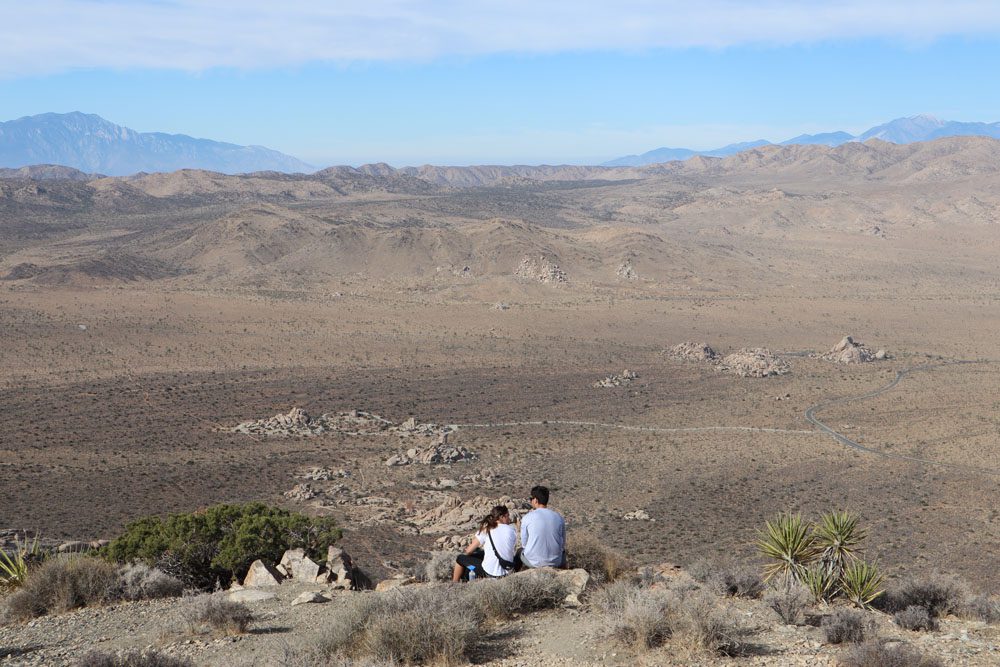
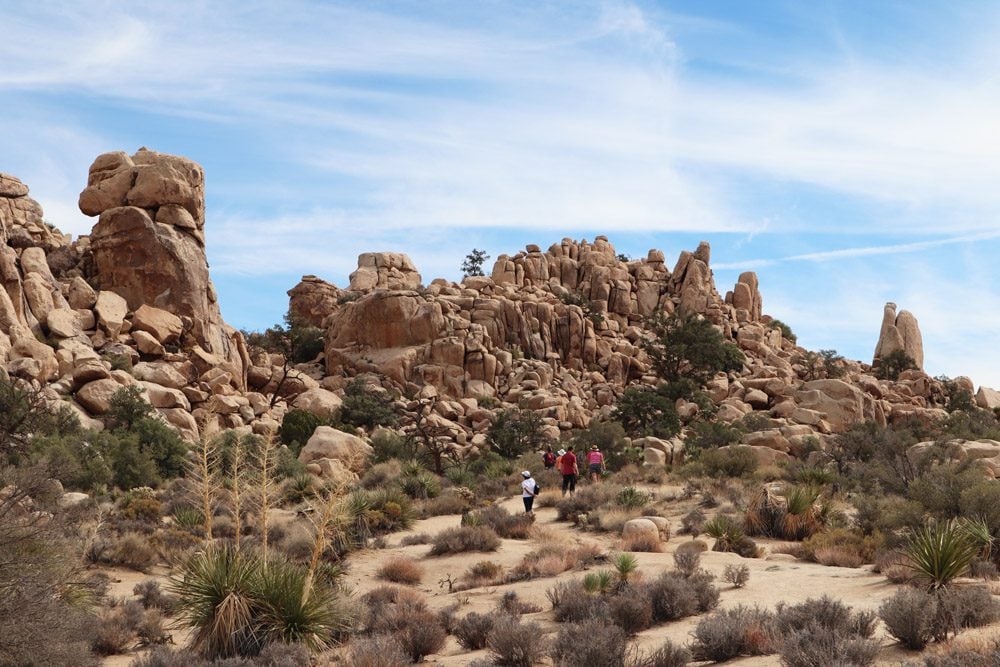

If you can score tickets, join a ranger-led tour of the historic Keys Ranch and, if not, drive slightly off course to the Cholla Cactus Garden in the heart of the national park. If your schedule allows, stick around for sunset at Keys View. It will be chilly and windy up here, but the spectacle is worth the effort.
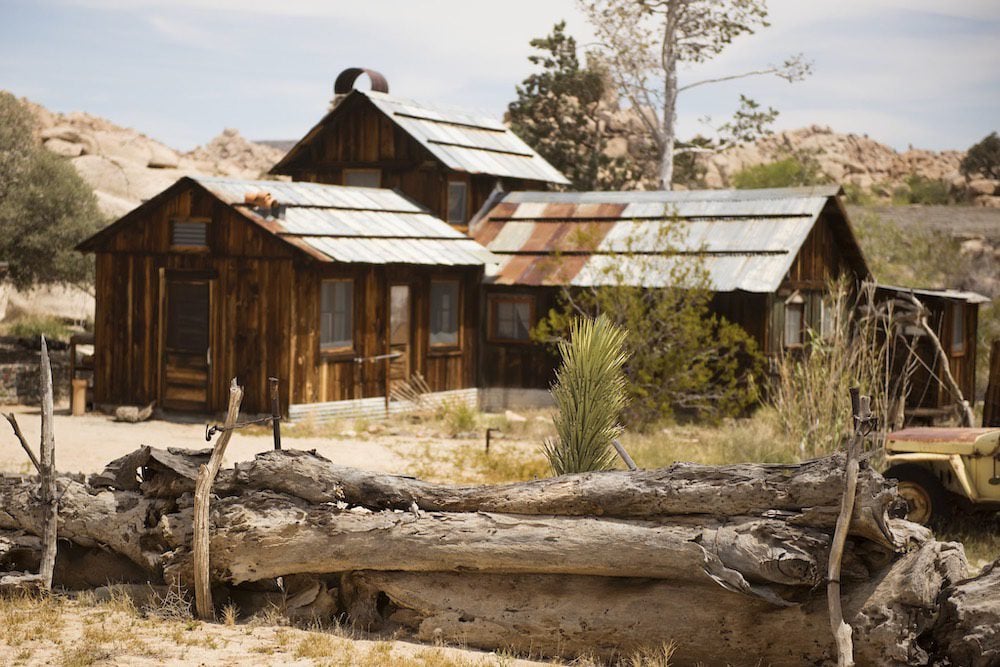
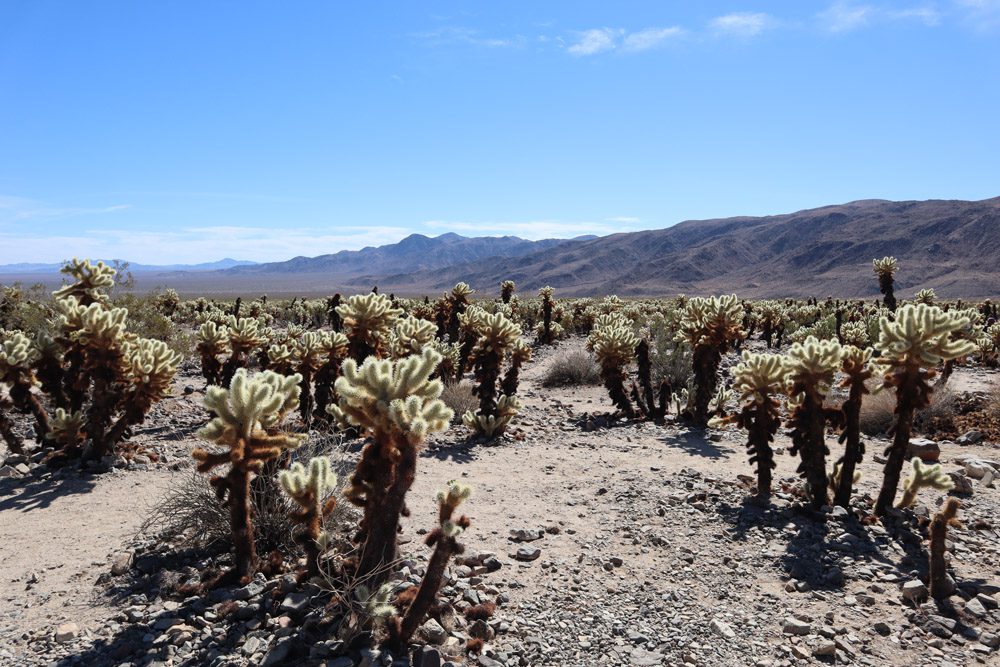

Day 2: Downtown Palm Springs & Aerial Tramway
With Joshua Tree’s main highlights under our belt, spend the second day exploring Palm Springs and Mount San Jacinto State Park. Start the morning on Palm Canyon Drive, the city’s main boulevard. Tahquitz Canyon Way splits the boulevard to north and south, and this intersection is the heart of downtown Palm Springs.
Beautifully tall palm trees dominate Palm Canyon Drive’s airspace, and at eye level, it’s primarily galleries, cafes, boutiques, and restaurants. For sightseeing, head to the McCallum Adobe and the Cornelia White House to learn about the city’s history. At the Palm Springs Art Museum (free on Thursday evening), check out the acclaimed classic and contemporary art collection, and don’t miss the oversized Marilyn Monroe statue at its entrance. Less than a five-minute drive from the museum, stroll the grounds of the Moorten Botanical Garden.
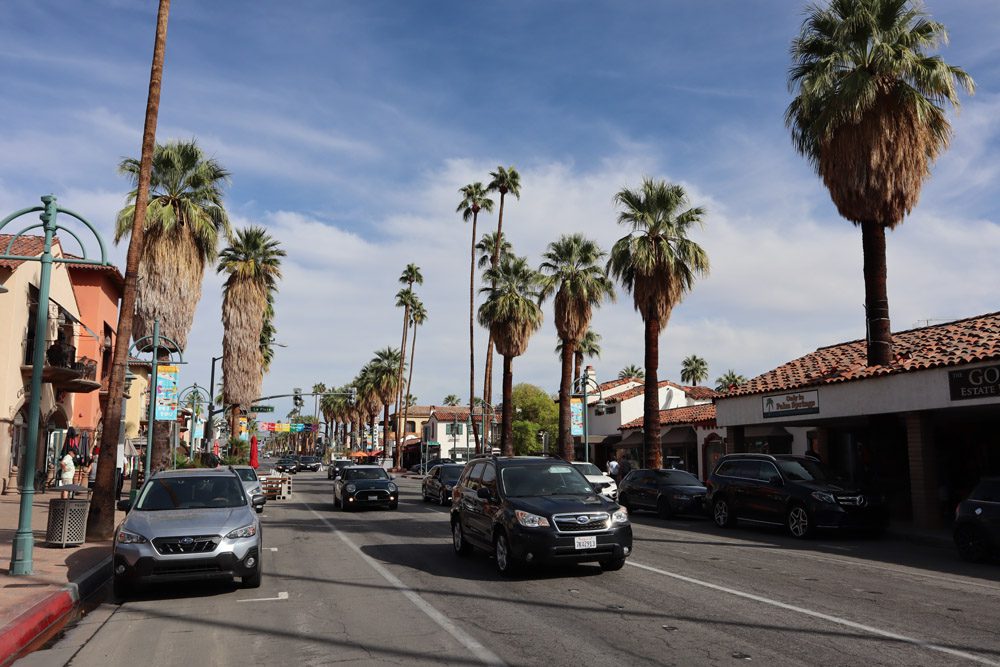
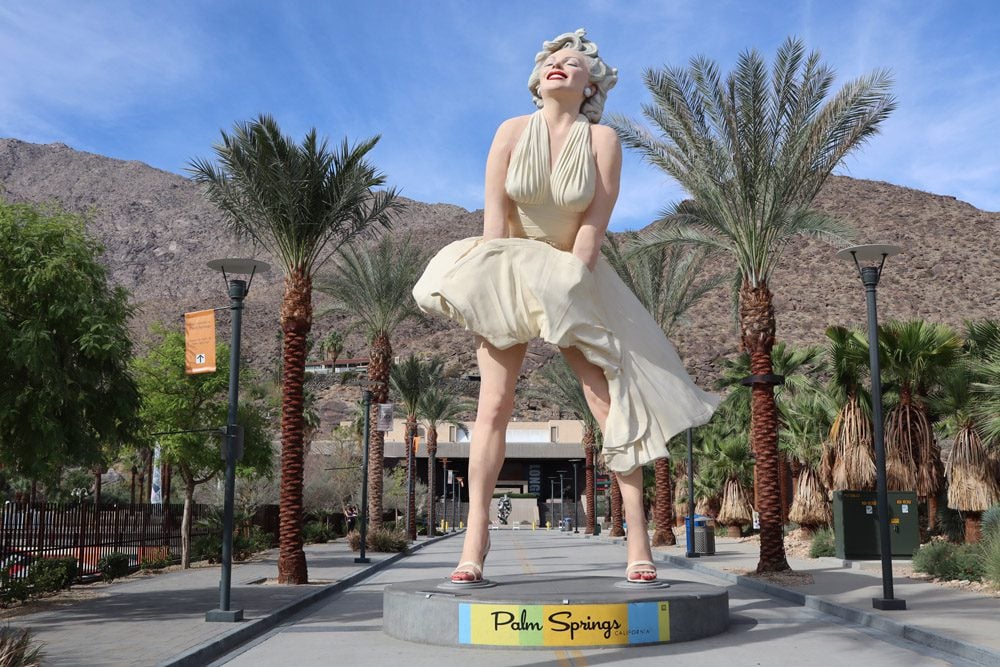
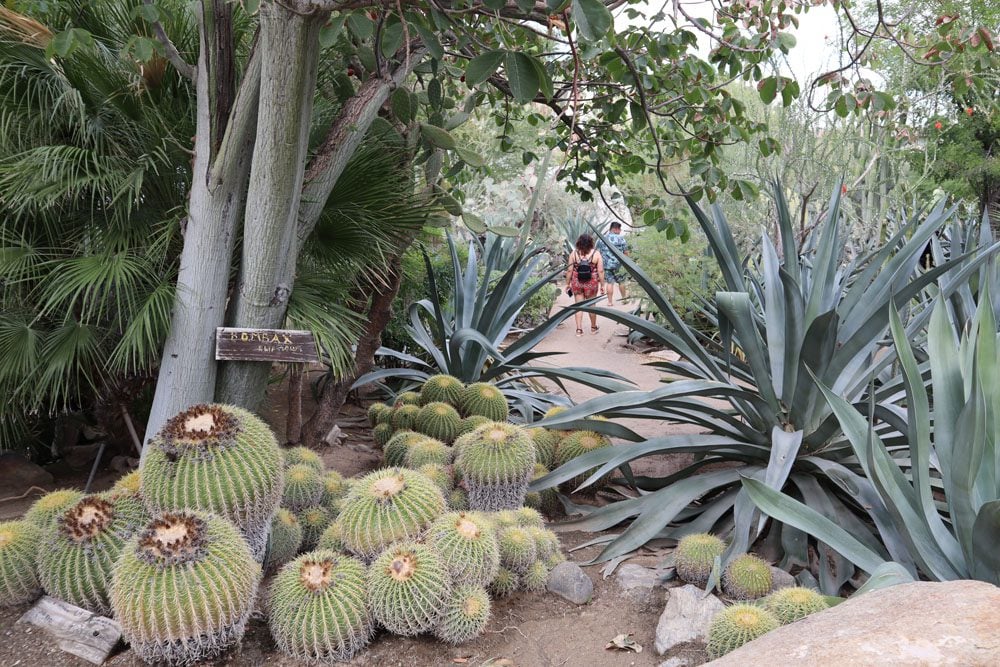
In the heat of the early afternoon, join a guided tour of the windmill farms or simply go for a spin to see the largest concentration of windmills in the United States. Then, take the Palm Springs Aerial Tramway and leave the desert floor behind on the world’s largest rotating tram. The views are sensational as you fly 2.5 miles up the rugged Chino Canyon. Exit the tramway at the Mountain Station (8,516 feet), put something warm on, and join the network of over 50 miles of hiking trails.

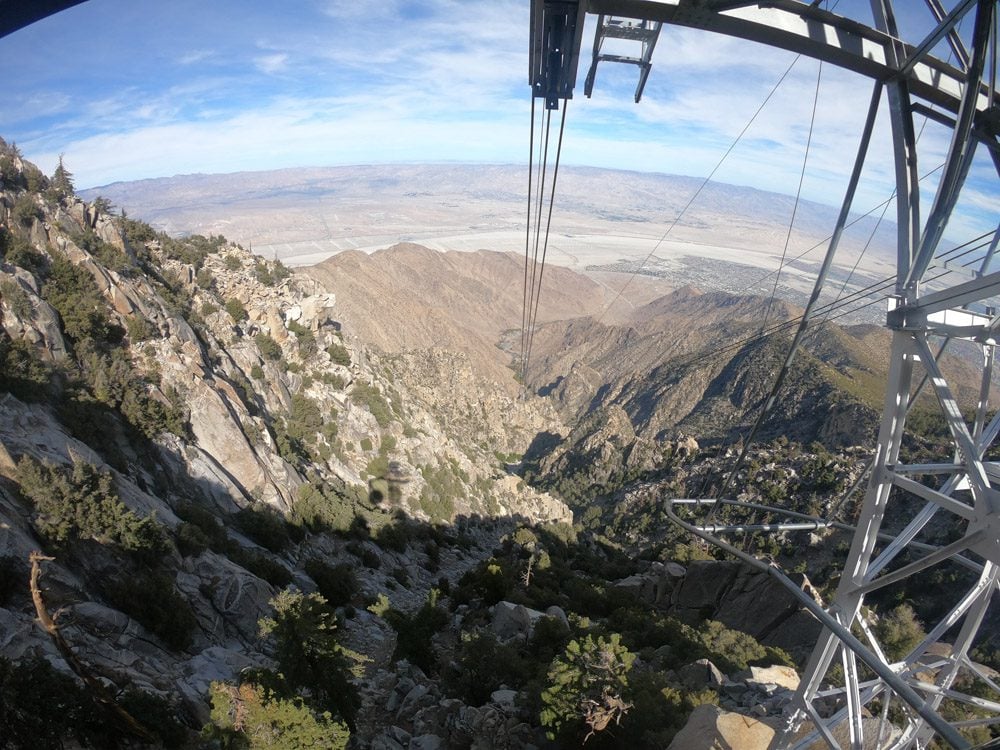
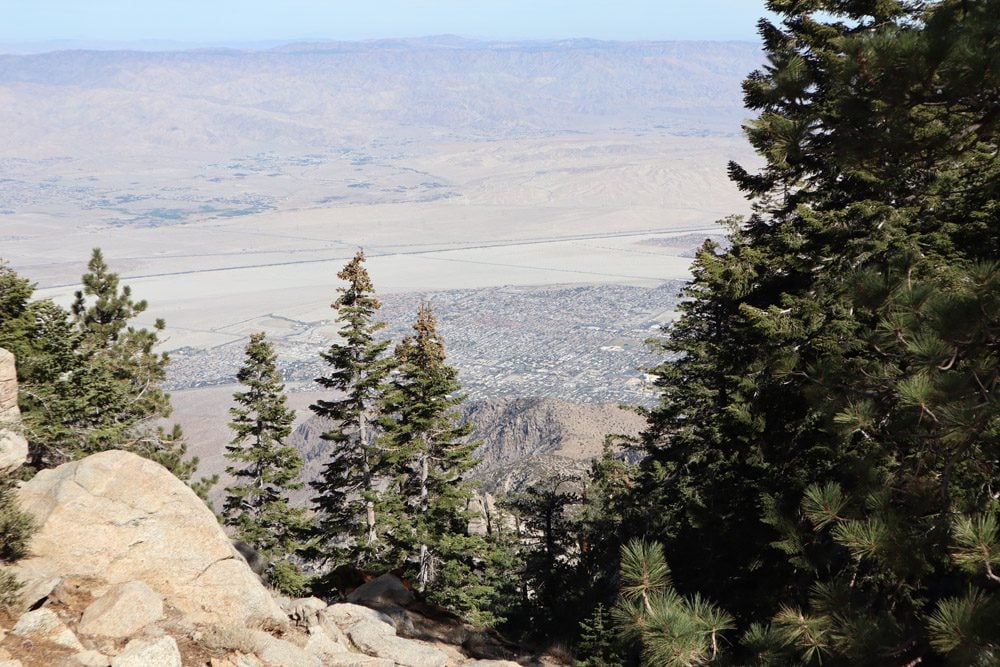
Day 3: Indian Canyons or Cottonwood Spring
The last day on this Palm Springs and Joshua Tree itinerary is likely shorter than the first two days, as you might need to catch a flight or hit the road. However, there are many ways to turn this into a full day of sightseeing and adventure if you have more time.
The first option is to head back to Joshua Tree National Park. This time, however, enter via Cottonwood Spring and drive to the Cholla Cactus Garden if you didn’t visit on the first day. Afterward, drive to the Cottonwood Campground and pick up the trailhead to Mastodon Peak and Lost Palms Oasis, two trails that can be combined. The easy Mastodon Peak Trail leads to a small abandoned mine with an optional scramble to the summit, while the much longer Lost Palms Oasis Trail ends in a secluded desert oasis.


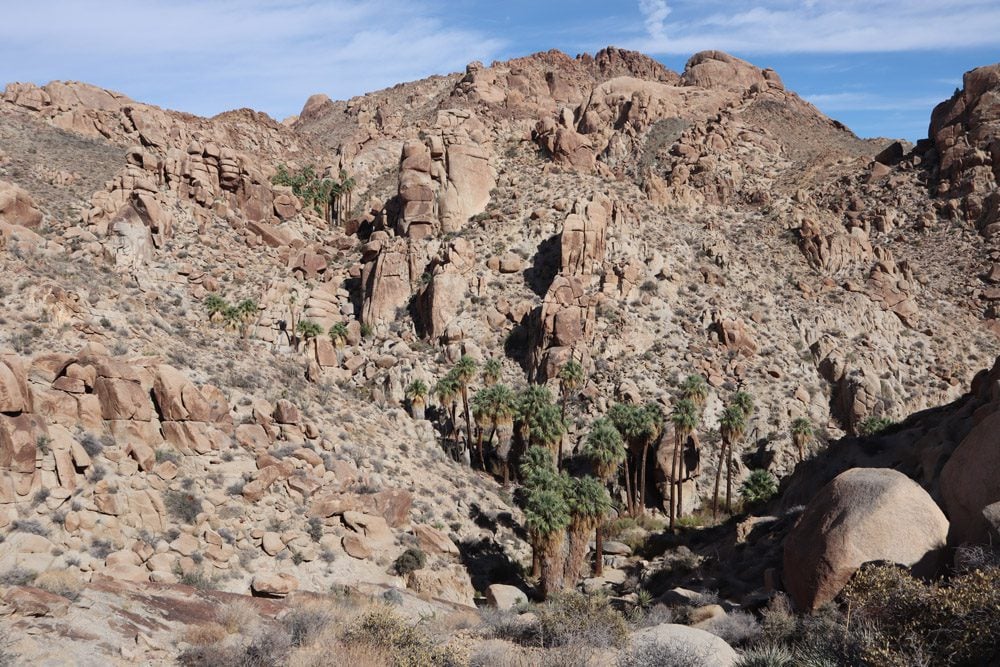
Another option for this day’s itinerary is to hike in Indian Canyons. This nature reserve is just ten minutes from downtown Palm Springs and belongs to the Agua Caliente Indian Reservation. The reserve features miles of hiking trails focusing on three canyons. The hike to Palm Canyon is the most appealing, but Andreas Canyon is an attractive alternative in which you can also extend the fun by hiking to Murray Canyon.
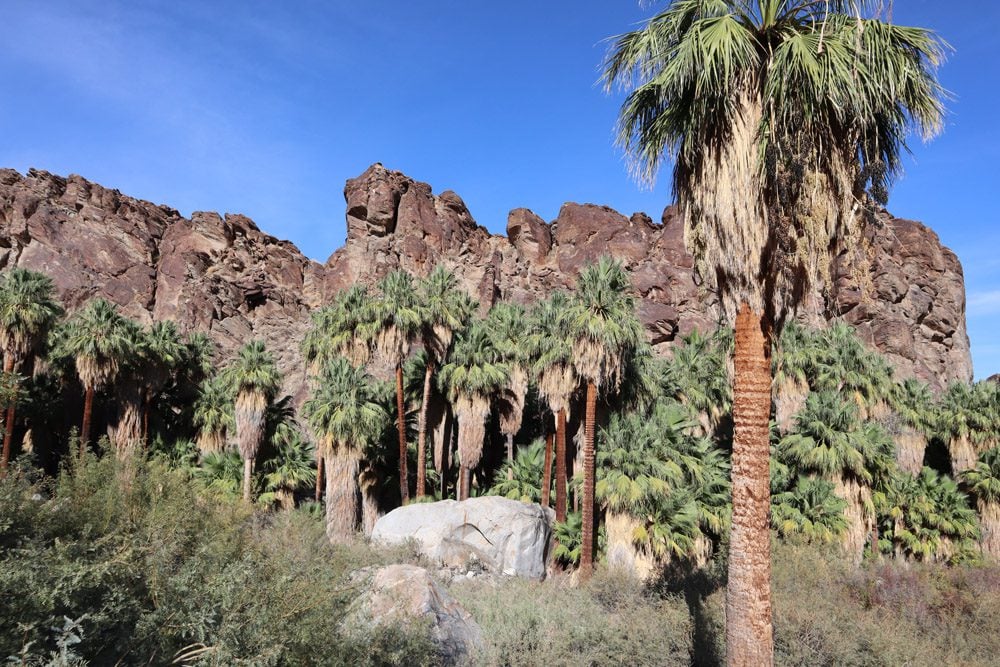
No matter which option you choose, treat yourself to a well-deserved date smoothie at Shields Date Garden. While there, explore the beautiful grounds with bible-themed stops, water fountains, and citrus trees.
What’s Next?
In this Palm Springs and Joshua Tree Itinerary, we covered the basics of how to spend a long weekend in the Palm Springs area. Be sure to read the in-depth travel guides to Palm Springs and Joshua Tree, and additional travel guides to California and the American Southwest.
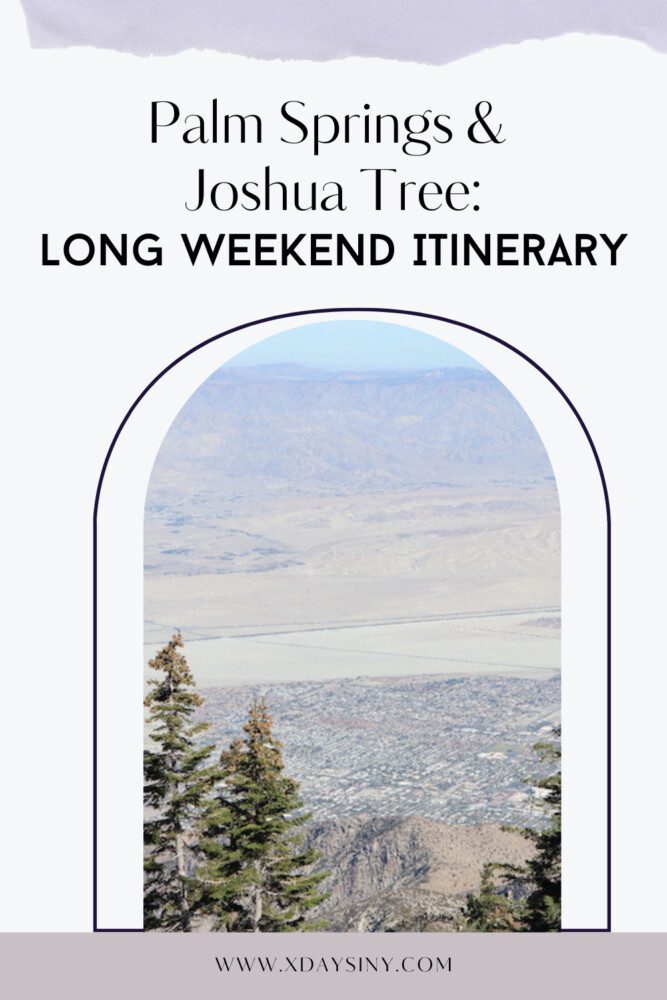

Pin These Images To Your Favorite Boards
Frequently Asked Questions
It takes about 50 minutes to drive from downtown Palm Springs to the park’s west entrance station and a little over one hour to the north entrance station.
The best time to visit Joshua Tree and Palm Springs is during spring and late fall, when temperatures are optimal throughout the day and evening. Summer temperatures make it dangerous to do any serious hiking and winter winter daytime temperatures are mild, but nights are very cold.
If you want to explore both Palm Springs and Joshua Tree, sleep in Palm Springs for the duration of your stay. Palm Springs has no shortage of fancy resorts and clubs, but “classic” 1950s-style motels are an excellent budget option.
Day 1: Explore Joshua Tree’s northwest section
Day 2: Downtown Palm Springs and the Aerial Tramway
Day 3: Hiking in Indian Canyons or Cottonwood Spring
